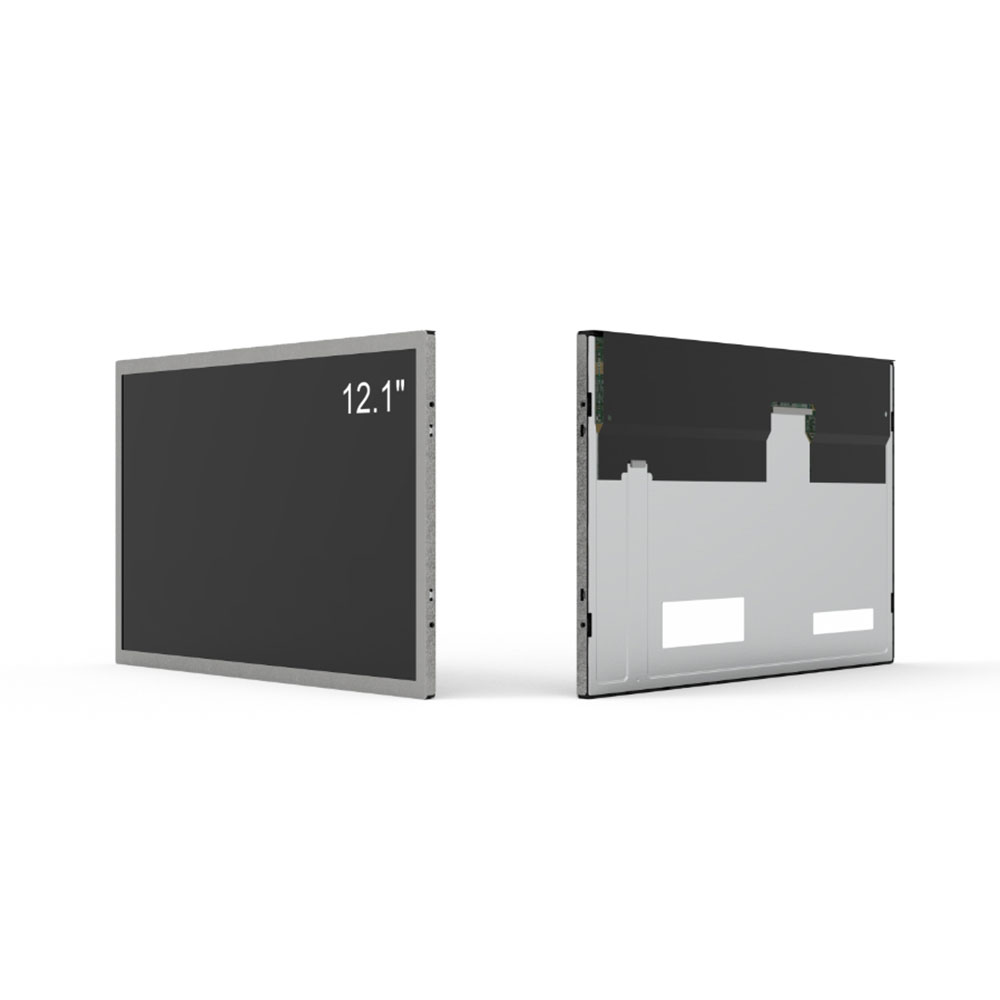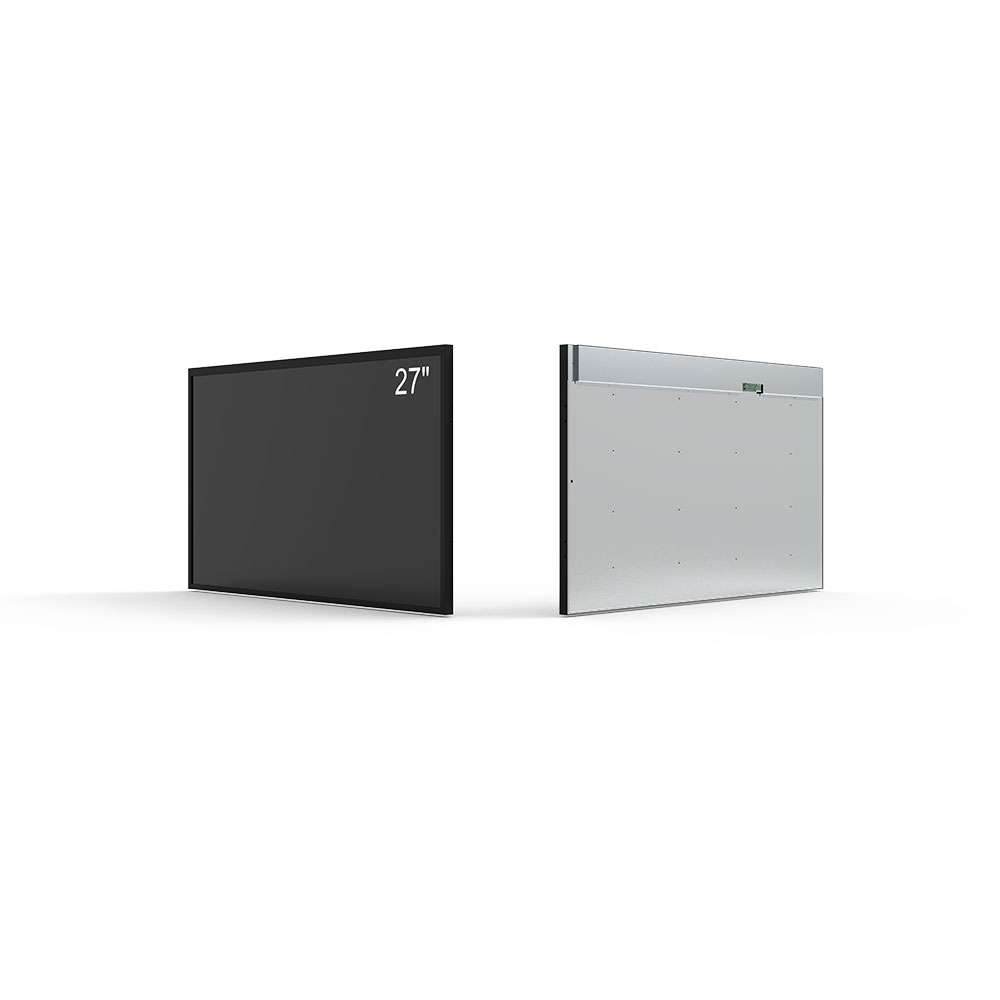In the world of outdoor display technology, understanding the IPS panel definition is critical for achieving optimal performance under challenging environmental conditions. IPS, or In-Plane Switching, is a type of liquid crystal display (LCD) technology that has become the gold standard in high-quality visual systems—especially for outdoor applications where brightness, color accuracy, and viewing angles are paramount.
Unlike traditional TN (Twisted Nematic) panels, which suffer from narrow viewing angles and inconsistent color reproduction when viewed off-axis, IPS panels align liquid crystal molecules horizontally within the plane of the display. This design allows for significantly improved color consistency, wider viewing angles (up to 178°), and superior image quality across multiple perspectives—a crucial advantage for public-facing digital signage, transportation displays, and retail kiosks exposed to variable ambient lighting and viewer positions.

From an engineering standpoint, IPS panels typically offer better contrast ratios (often 1000:1 or higher) and more accurate color gamut coverage—commonly reaching 95% DCI-P3 or sRGB compliance. These features make them ideal for outdoor environments where sunlight glare and dynamic lighting conditions can distort less robust display technologies. Moreover, modern IPS panels used in outdoor LCD screens incorporate advanced backlighting such as LED arrays with high lumen output (up to 5,000 nits or more), ensuring visibility even in direct sunlight—a key requirement per SMPTE standards for outdoor display brightness.
Manufacturers like LG Display, Samsung Display, and BOE have invested heavily in refining IPS technology for durability and longevity. For instance, industrial-grade IPS panels now feature enhanced UV resistance, anti-glare coatings, and IP65-rated enclosures that protect against dust and water ingress—critical for installations in harsh climates. Case studies from cities like Singapore and Dubai show that outdoor advertising networks using IPS-based displays report up to 40% longer operational lifespans compared to TN-based alternatives due to reduced pixel degradation and thermal stress mitigation.

Importantly, while IPS panels historically consumed more power than TN counterparts, recent innovations in low-power driving circuits and adaptive brightness control have closed this gap. According to a 2023 study by the Society for Information Display (SID), next-generation IPS panels now consume only 10–15% more power than TN panels while delivering vastly superior visual fidelity—making them not just technically superior but also energy-efficient in long-term deployments.
For engineers and project managers selecting outdoor LCD solutions, the IPS panel definition should be a core evaluation criterion—not merely a technical footnote. Whether deploying in a busy airport terminal, a coastal solar farm, or a smart city traffic system, choosing IPS ensures that the display remains clear, consistent, and reliable under real-world conditions.







